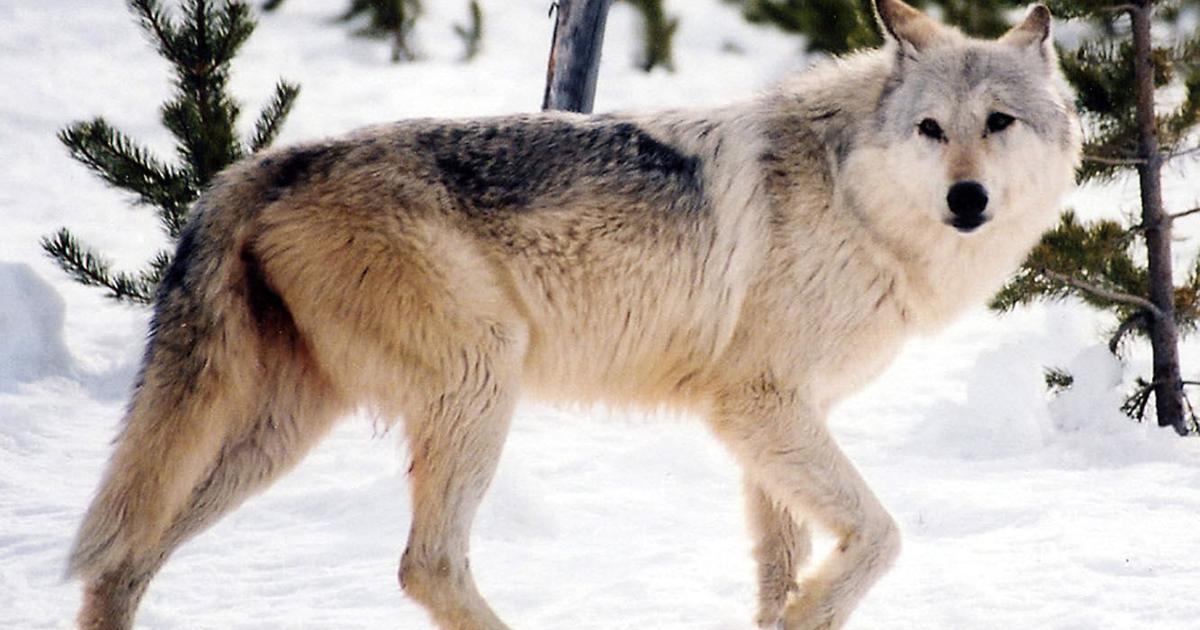Just like clockwork, the annual review of the wolf hunting and trapping regulations has brought an onslaught of rhetoric from those with a predator preservation mindset.
These groups often like to say Montana Fish, Wildlife & Parks chooses to side with those supportive of consumptive use of wildlife and shuns those who don’t. Even if there was any truth to that statement, who would blame them? Regardless of how FWP attempts to appease these folks there is ALWAYS frivolous litigation or baseless criticism that follows.
Not quite a year ago, one of these groups even chose to ostracize one of the most respected wolf biologists of our time because his recommendations were based on scientific evidence instead of social concern. Oddly enough, these folks love to use the buzz phrase “follow the science.”
Montana Fish, Wildlife & Parks is tasked with the impossible: managing wildlife to satisfy the needs of both ends of the spectrum, as well as everyone in between. To do so, they attempt to utilize the best applicable science over a broad range of plants and animals. Wholistic management of ecosystems is the goal. Rarely is that goal achieved, though. Take one piece from the puzzle and it creates a chain reaction of management issues. Current legislative intent regarding wolves in Montana is to gradually reduce population numbers until we reach a healthy, sustainable population. Some folks aren’t a fan of the idea.
People are also reading…
I struggle to believe this day in age there are people out there who are perfectly fine with the concept that predators on the landscape strengthen herds of prey species by keeping their numbers in check, yet these same individuals fail to see the exact science pertains to the predator as well. How folks don’t recognize their own hypocrisy escapes me.
Per the 2009 delisting process, USFWS notated the appropriate number of wolves across the Northern Rocky Mountain Ecosystem (composed of Montana, Idaho, Wyoming, Washington and Oregon) was approximately 1,100 wolves. All available science suggested a combined population above 1,500 in those areas would be detrimental not only to the prey species, but to the wolves themselves. By the end of 2008 the NRM wolf population occupied nearly all suitable habitat and numbered roughly 1,645 wolves. Current combined population estimates are hovering near 3,000 animals. Regardless of the claims of “wholesale slaughter,” “bounty programs,” and “open seasons,” wolves in the West are in no danger of being decimated.
To those wishing to relist wolves, I’d ask you to take a quick moment to familiarize yourself with the Endangered Species Act. The purpose of the ESA is to conserve endangered and threatened species and their ecosystems. Regardless of your overall feelings on the topic, wolves are no longer threatened or endangered, and allowing them to continually grow in population does not benefit their surrounding ecosystems. It’s well past time the ESA stopped being utilized as a weapon of litigation.
The best available information on the topics tells us at a bare minimum 30-35% of the wolves in a population need to be removed before you start to see a reduction in numbers. That equates to a ballpark of 1,000 wolves removed annually across the West (a level of reduction that has never been seen) before we start to see a reduction from current unhealthy levels.
Chris Morgan is VP West for the Montana Trapper’s Association.


























/cdn.vox-cdn.com/uploads/chorus_asset/file/23951353/STK043_VRG_Illo_N_Barclay_3_Meta.jpg)
/cdn.vox-cdn.com/uploads/chorus_asset/file/24924653/236780_Google_AntiTrust_Trial_Custom_Art_CVirginia__0003_1.png)



